Article 2A and Islam in the constitutional framework
Does the constitution need to recognize the heritage of Bengali Muslims?
What is the future of Islam in Bangladesh’s constitutional framework? Should Bangladesh establish a Vatican-like entity to deal with spiritual and religious matters? The Vatican is not the only religious entity which concludes treaties with states and is a treated like a sovereign state; the Organization of Islamic Cooperation (OIC) and the Ismaili Shia Jamaat are also similar entities which enter into treaties with governments; the Ismailis even have their own constitution since 1905. Do the Bengali Muslims need their own constitution? The Islamic Foundation in Bangladesh currently does not have a constitution, which could potentially be drafted as a social contract for Bengali Muslims. The Islamic Foundation Act of 1975 would have to be drastically amended to make way for a Bengali Muslim constitution.
Article 2A of the Bangladesh Constitution recognizes Islam as the state religion. The Constitution Reform Commission has proposed to replace secularism with pluralism to make the constitution compatible with the state religion. There is a longstanding debate in Bangladesh about the future of secularism; but none of the major political parties have supported the removal of the state religion clause, indicating the popular support for the Muslim identity of Bangladesh.
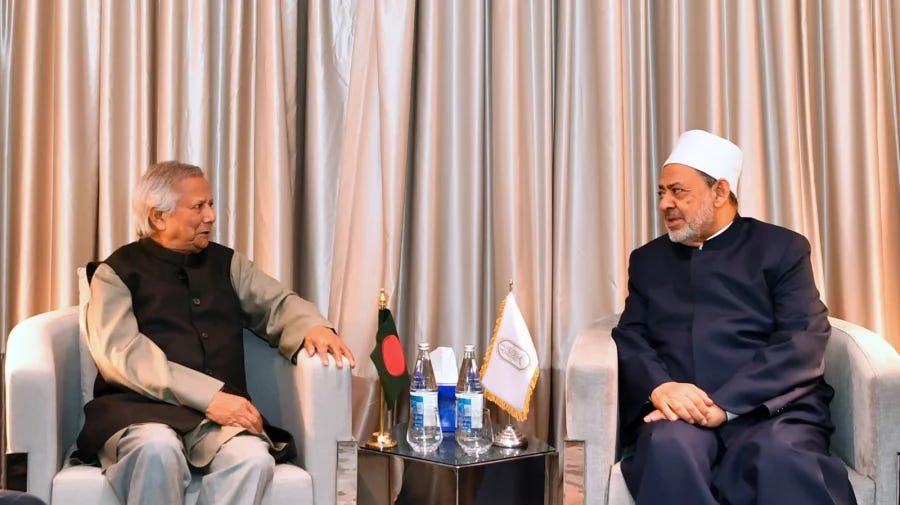
When it was introduced by the fourth parliament in 1988, President Ershad reasoned that Bangladesh needed to differentiate itself from India and articulating its Islamic identity was one way of doing so. This argument has historical merit because the territorial boundary of Bangladesh was established by the Partition of India in 1947, which occurred as a result of a movement for a separate Muslim homeland. It was also rooted in Bangladesh’s image as a moderate Muslim democracy, which was recognized and applauded by the international community for many years. Tragically within Bangladesh itself, mainstream media has taken a hardline secularist line and notions of being a moderate Muslim were frowned upon by a leftwing civil society.
My father was a member of parliament who voted for the state religion in 1988. He was one of the youngest MPs in Bangladesh at the time and I was not even born then. Religious references can be found in many democratic constitutions, including in the US, UK, Ireland, Israel, Argentina, Brazil, Pakistan, Malaysia and Indonesia.
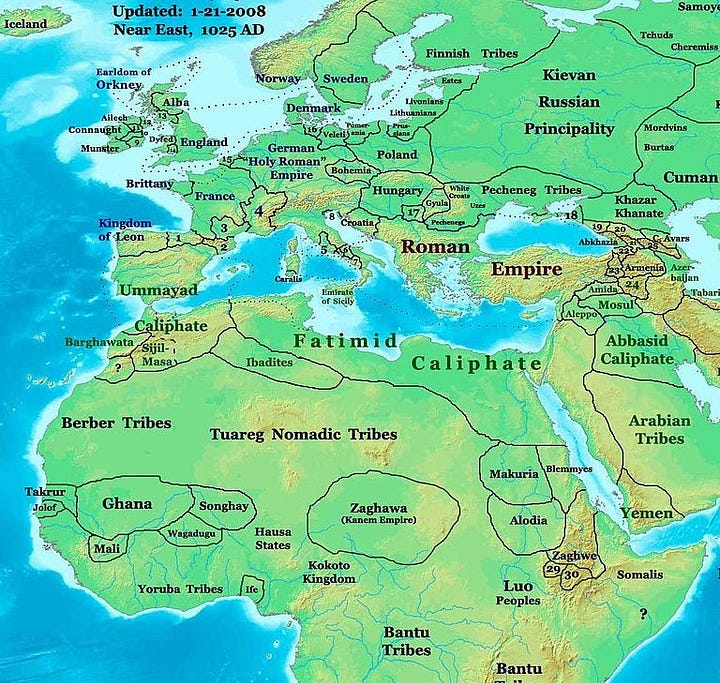
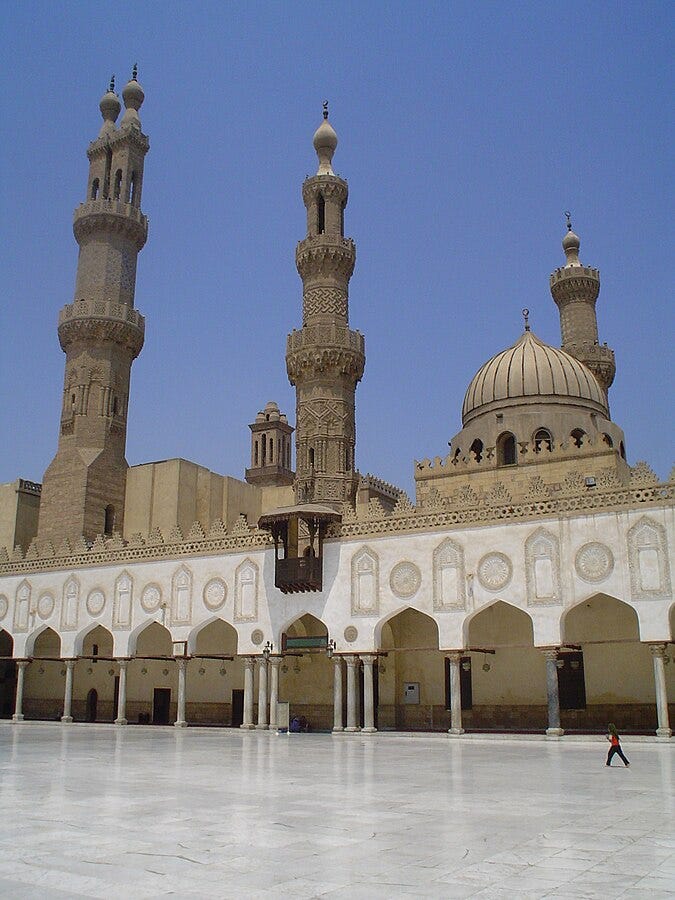
Chief Adviser Muhammad Yunus of the interim government recently met with the Grand Imam of the Al-Azhar Mosque, who is considered a leading authority in Sunni Islamic thought. Al-Azhar was set up during the reign of the Fatimid Caliphate, which was ruled by the Shia Ismaili ancestors of the Aga Khans in the 10th century. The third Aga Khan was the President of the League of Nations and President of the All India Muslim League (which was founded in Dhaka in 1906). The fifth Aga Khan Prince Rahim, who recently assumed the mantle of the Ismaili Imamate after the death of his father, the longstanding fourth Aga Khan Prince Karim, has issued his first farman promoting universal concepts of peace, tolerance, inclusion, support for the needy, loyal and active citizenship, and leadership by example in matters related to climate change. Farmans were also issued as laws and legal instruments during the ancient regimes of the Sultans and Mughals in Bengal. A historian of medieval history should compile the farmans of Bengal from the Sultani, Mughal and Nawabi periods.
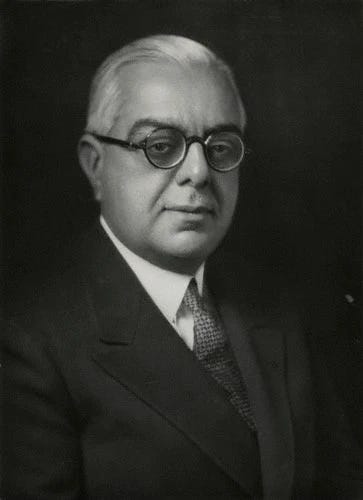

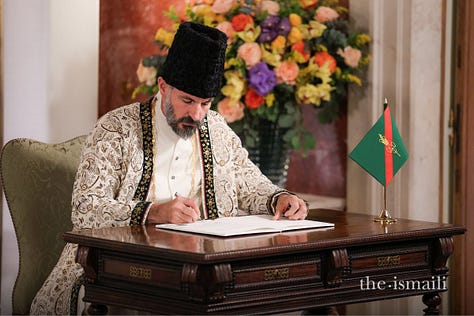
It is difficult to overlook the long history of Islamic nationalism in Bangladesh. Muslim resistance to British rule at the grassroots level flourished even in the 19th century. It began to take on a more formalized, organized nature after the founding of the Muslim League in Dhaka in 1906. Bengali Muslims were at the forefront of the constitutional struggle for civil rights in British India. The first Prime Minister of Bengal supported the Lahore Resolution in 1940 which envisioned the creation of Muslim-majority states in the northwestern and eastern regions of British India. Bengali Muslim nationalism was partly driven in opposition to the Hindu bourgeoisie zamindars who controlled a significant portion of land and employed Muslim peasants as their tenants. The peasants relied on the ashraf class of elite Muslim landowners as well as an increasingly educated Bengali Muslim middle class, which was personified by the Prime Ministers of Bengal between 1937 and 1947. The leftwing faction of the Muslim League broke away to become the Awami League in 1949, which included Bangladesh’s future leader Sheikh Mujibur Rahman.
Overlooking this significant history prior to 1971 fails to capture the true sense of national identity in Bangladesh. In short, Bangladesh would not have existed had it not been for the Partition of India and the All India Muslim League. The border of Bangladesh continues to be the Radcliffe Line established by partition and accepted broadly under the notion of uti possidetis juris in international law.
Article 2A
As I have previously outlined, Article 2A may have to be reverted back to its original text or reworded into a new text. It has to be compatible with the provisions on fundamental rights. Perhaps, we can reword the article from the “state religion” to “Islamic Enlightenment”. We can consider the following text in order to capture Islamic spirituality and the history of Bengali Muslims.
The Muslims of Bangladesh affirm the Shahadah La ilaha illa-llah Muhammadur Rasulu-llah, the Tawhid therein and that the Holy Prophet Muhammad (Salla-llahu alayhi wa-sallam) is the last and final Prophet of Allah. Islam, as revealed in the Holy Quran, is the final message of Allah to mankind, and is universal and eternal. The Holy Prophet through divine revelation from Allah prescribed rules governing spiritual and temporal matters.
The Government of Bangladesh will regulate relations with entities which provide authoritative interpretations of these spiritual and temporal matters in a complementary manner with the fundamental rights and freedoms outlined in this constitution so as to preserve the rights and freedoms of the people of Bangladesh. The Islamic Foundation shall assist Muslims in spiritual enlightenment, spiritual advancement and improving the quality of life in keeping with the law of the land. Muslims must be good citizens and lead by example.
The ancient regimes of the Sultanate and Mughal empires have given Bangladesh a rich Islamic heritage in architecture, arts, literature, cuisine and traditions. People from various parts of the Muslim world established themselves in Bengal during the Sultanate and Mughal periods. The Partition of India on the fourteenth day of August nineteen hundred and forty seven anno domini corresponding to the twenty seventh day of Ramadan thirteen hundred and sixty six Hijri established the territorial boundary of Bangladesh as a result of a movement for self-determination from British occupation by the All India Muslim League which was founded in Dhaka on the thirtieth day of December nineteen hundred and six anno domini corresponding to the fourteenth day of Dhuʻl-Qiʻdah thirteen hundred and twenty four Hijri.
Bengali Muslim heritage
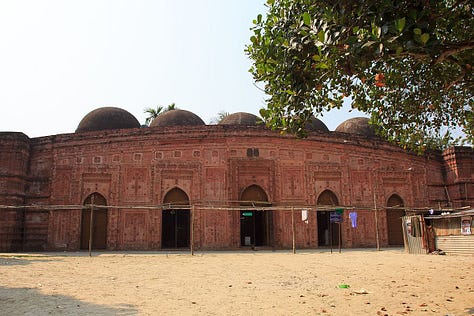
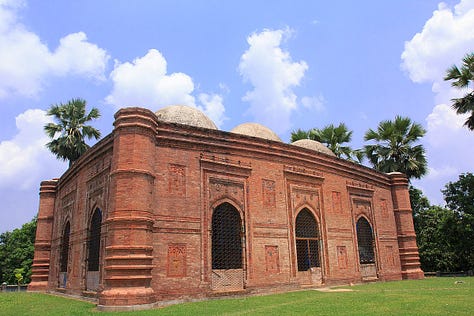

Bangladesh has a long and rich Islamic heritage. Sultan Jalaluddin Muhammad Shah was recognized by Al-Mu'tadid II, the 11th Abbasid caliph in Cairo. Many of the Bengali Sultans issued coins bearing the names of both the Sultan and the Abbasid Caliph in Cairo. Jalaluddin even proclaimed himself “Caliph of Allah in the universe”. Sultan Ghiyasuddin Azam Shah sponsored the construction of Islamic seminaries in the holy cities of Mecca and Medina. The contemporary Arab scholar Taqi al-Din al-Fasi was based in one of Ghiyasuddin’s seminaries. Ghiyasuddin also corresponded with the great Persian poet Hafez. The Circassian sultan Barsbay sent a robe of honor to the Sultan of Bengal.
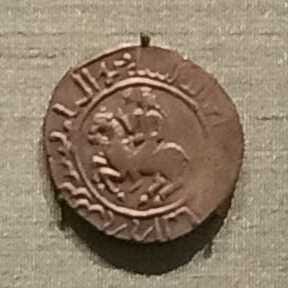
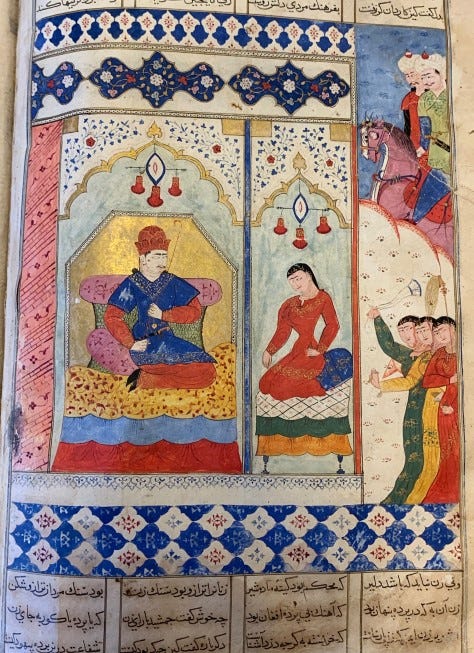
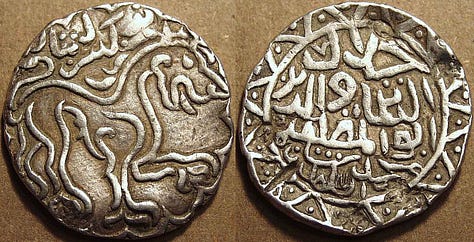
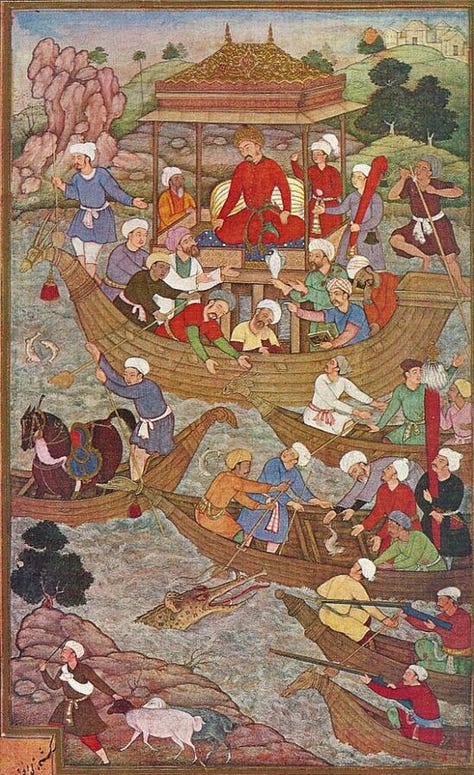
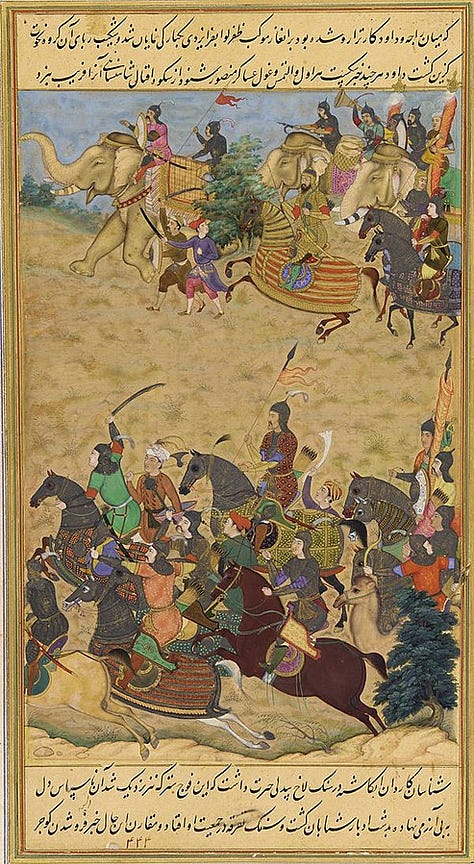
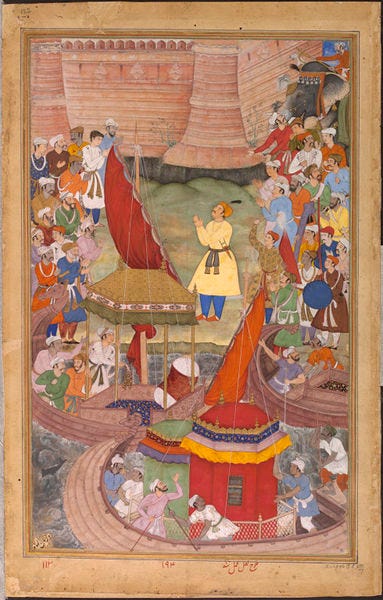
The Bengali calendar was readapted during the reign of Mughal emperor Akbar to facilitate tax collection and agricultural production. The Mughal period also saw the expansion of Islam in the Bengal delta due to Sufi-led expansion of farmland and cultivation activities. The Mughal viceroy Shaista Khan expelled the Arakanese and Portuguese from the southeastern region of Chittagong in the 17th century.
Ancient mosques dot the landscape of Bangladesh. The country’s ancient mosques deserve more protection and preservation than what currently exists, including protection under the aegis of international organizations like UNESCO.




